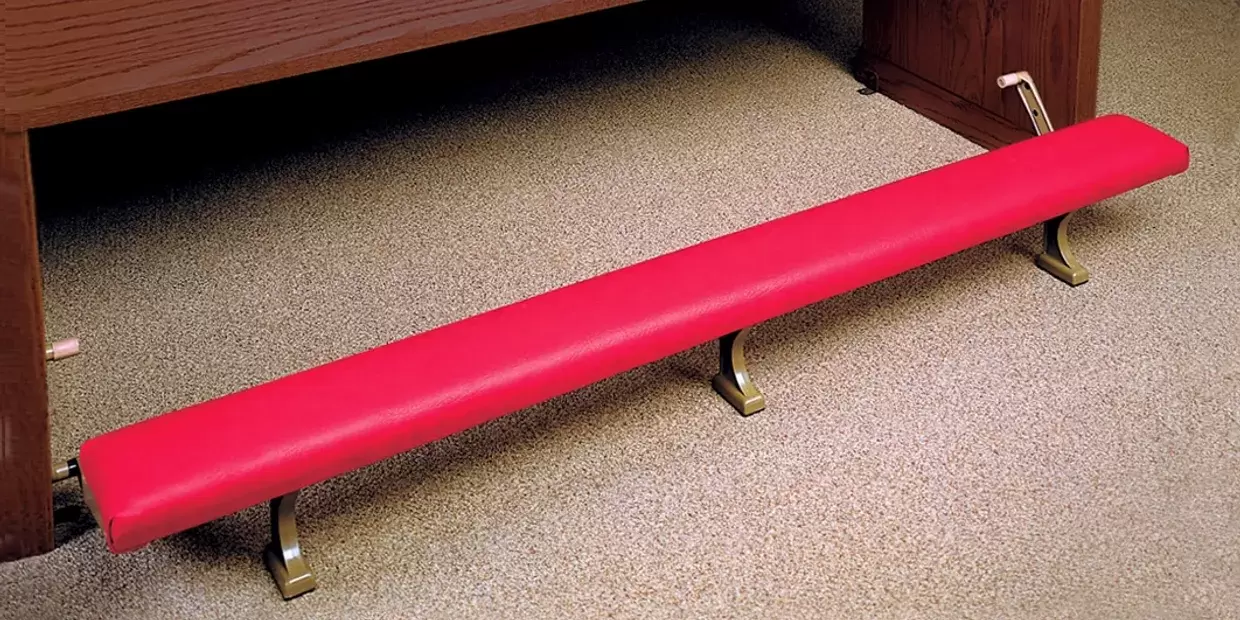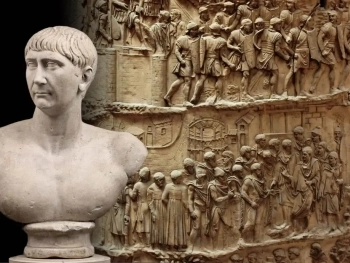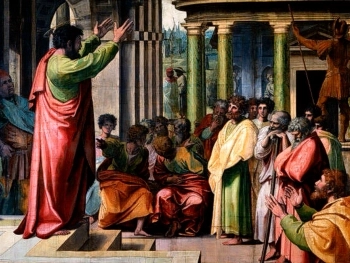In many churches around the world, one can find an essential yet often overlooked piece of furniture: the kneeler. These small platforms attached to the underside of pews play a significant role in the worship practices of various denominations, facilitating prayer, meditation, and reverence during religious services. Let's explore the history, design, and significance of kneelers in church settings.
Historical Context and Origins
The use of kneelers in churches dates back centuries, paralleling the development of church architecture and liturgical practices. Early Christian worship often involved standing and kneeling as postures of prayer and humility. The introduction of pews into churches during the Middle Ages provided a seated position for congregants, and kneelers soon followed as a means to support kneeling during prayers.
Initially, kneelers may have been simple cushions or mats placed on the ground or on the pew itself. Over time, they evolved into more structured designs attached to the pew, offering stability and comfort during extended periods of kneeling.
Design and Construction
Modern kneelers are typically rectangular pads made from materials like wood, metal, or padded fabric. They are often attached to a hinged mechanism that allows them to be flipped up and stored beneath the seat when not in use. This design not only saves space but also keeps the kneelers clean and protected.
The padding on kneelers varies in thickness and material, providing a balance between comfort and durability. Some kneelers are upholstered with fabrics that match the church's interior decor or religious symbolism, while others may be plain and functional.
Symbolism and Functionality
Kneelers serve both practical and symbolic purposes within the context of religious worship. Functionally, they provide support and comfort for individuals kneeling during prayer, which is a common posture in many religious traditions. This physical act of kneeling is seen as a sign of humility, reverence, and submission to a higher power.
Symbolically, kneelers represent a dedicated space within the church where individuals can engage in private prayer and reflection. They signify a place of spiritual encounter and communion with the divine, fostering a sense of sacredness and devotion among worshippers.
Cultural and Regional Variations
The design and usage of kneelers can vary significantly across different cultures and religious denominations. In some churches, particularly Roman Catholic and Anglican traditions, kneelers are a standard feature and are used regularly during specific parts of the worship service, such as the Eucharistic prayer or moments of silent prayer.
In contrast, other denominations or cultural contexts may not emphasize kneeling as prominently or may have different approaches to posture during worship. As a result, the presence and design of kneelers in these settings may be more subdued or even absent.
Contemporary Considerations
In recent years, the design and use of kneelers have adapted to accommodate changing worship practices and accessibility needs. Some churches have installed adjustable kneelers to accommodate individuals of varying heights or physical abilities. Others have explored alternative designs that integrate with modern aesthetics while preserving the traditional function and symbolism of kneelers.
Furthermore, the maintenance and upkeep of kneelers are important considerations for church facilities management. Regular cleaning, repair of hinges or padding, and occasional replacement ensure that kneelers remain functional and welcoming for worshippers.
Kneelers for church pews are not merely pieces of furniture but integral elements of religious practice and symbolism. They provide a tangible space for prayer, reflection, and spiritual engagement within the communal worship experience. As churches continue to evolve in their practices and aesthetics, kneelers will likely adapt to meet the needs of worshippers while preserving their essential role in fostering reverence and devotion in sacred spaces.
Historians and church designers alike will appreciate this comprehensive article about the evolution of church seating, tracing the journey from stone benches in Roman catacombs to the modern stackable chair.




